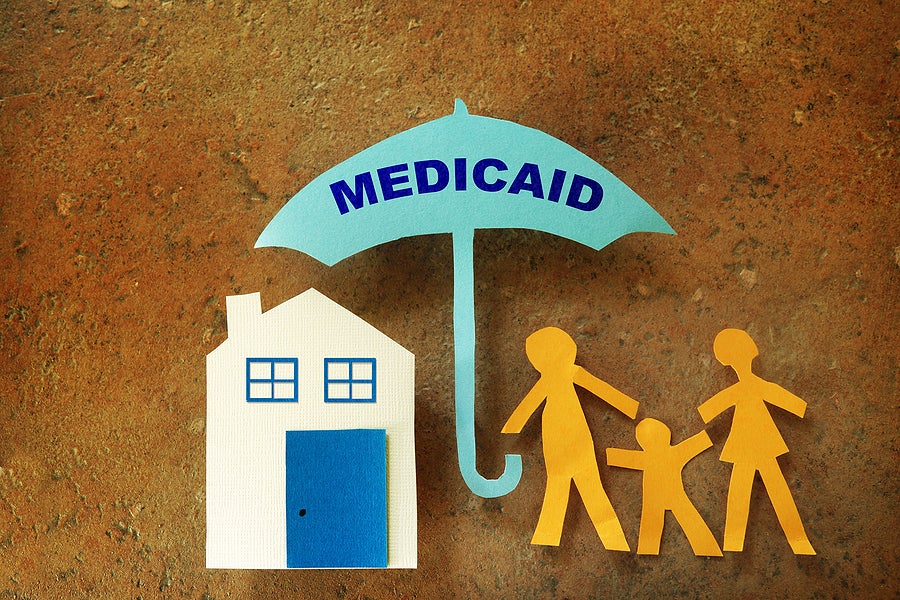[Editor’s Note: Read the latest on the public health emergency Medicaid continuous coverage protection here.]
It’s no surprise that HHS Secretary Becerra has renewed the COVID-related public health emergency (PHE) until July 15, 2022, since the Biden administration did not signal an end to the PHE 60 days in advance of the April 16, 2022 end date as promised. By law, public health emergencies are declared in 90-day increments. So, a 90-day extension takes us to July 15, 2022. A PHE can be extended as many times as deemed necessary by the Secretary. It can be allowed to expire at the end of the 90-day period or terminated early if deemed appropriate. What happens next?
1. PHE is allowed to expire on July 15, 2022. In this scenario, the 6.2 percentage point bump in the federal share of Medicaid would continue until the end of the quarter or September 30, 2022. However, the continuous enrollment requirement would end on July 31, 2022 with the first disenrollments effective August 1, 2022. The most recent guidance of CMS clarified that states may initiate the first batch of renewals the month before the PHE ends. This means states could begin processing renewals as of June 1, 2020. States are required to conduct a full renewal, according to regulation, for everyone based on current circumstances before disenrolling anyone. Given that the Biden administration has promised to give a 60-day notice to states prior to the end of the PHE, if it hasn’t done so by May 16, 2022, one might expect that it would be extended again by July 15, 2022.
2. Congress could take action to delink the continuous coverage protection from the PHE. In doing so, it would establish a date certain when states may begin to process disenrollments as proposed under the House version of the Build Back Better Act (BBB). BBB would have also phased down the increased FMAP over two calendar quarters and put additional guardrails in place to protect enrollees from inappropriate terminations. A date certain could provide additional lead time for states and stakeholders to prepare for the unwinding, as requested by many states and stakeholders. More lead time is unlikely if the continuous coverage protection remains contingent on the end of the PHE as Secretary Becerra has indicated that it would be difficult for HHS to provide more than the 60-day notice promised by the Biden Administration shortly after it took office.
3. States also have the flexibility to forgo the enhanced federal funding and lift the continuous coverage protection on their own. This would be more likely to occur at the beginning of a calendar quarter; otherwise, the state would lose the extra Medicaid money for the entire quarter in which it begins to disenroll enrollees. Even if states end the continuous coverage protection early, they must still comply with CMS guidance that requires states to submit a form detailing their approach to the “unwinding,” as well as baseline and monthly data that will help CMS monitor the process. And most importantly, they will still be required to conduct a full review of eligibility for all categories of Medicaid enrollees based on current circumstances.
4. If Congress does not act, the PHE could be extended again before it expires July 15, 2022. Under this scenario, the PHE would expire October 13, 2022. The 6.2 percentage point bump in FMAP would continue until December 31, 2022 and states could restart renewals as of September 1, 2022 with a first disenrollment date of November 1, 2022.
Regardless of timing, the lifting of the continuous enrollment requirement will have a substantial impact on states and Medicaid enrollees, particularly in states that have been unable to renew coverage automatically for a significant portion of enrollees. Some have described this as the single largest enrollment event since the Affordable Care Act. In some states, it will be the most significant enrollment action in the 50+ year history of Medicaid. If you want more information on how states are planning for the end of the continuous coverage protection, check out the 2022 Annual 50-State Survey on Medicaid and CHIP Eligibility and Enrollment conducted by the Kaiser Family Foundation and CCF.


